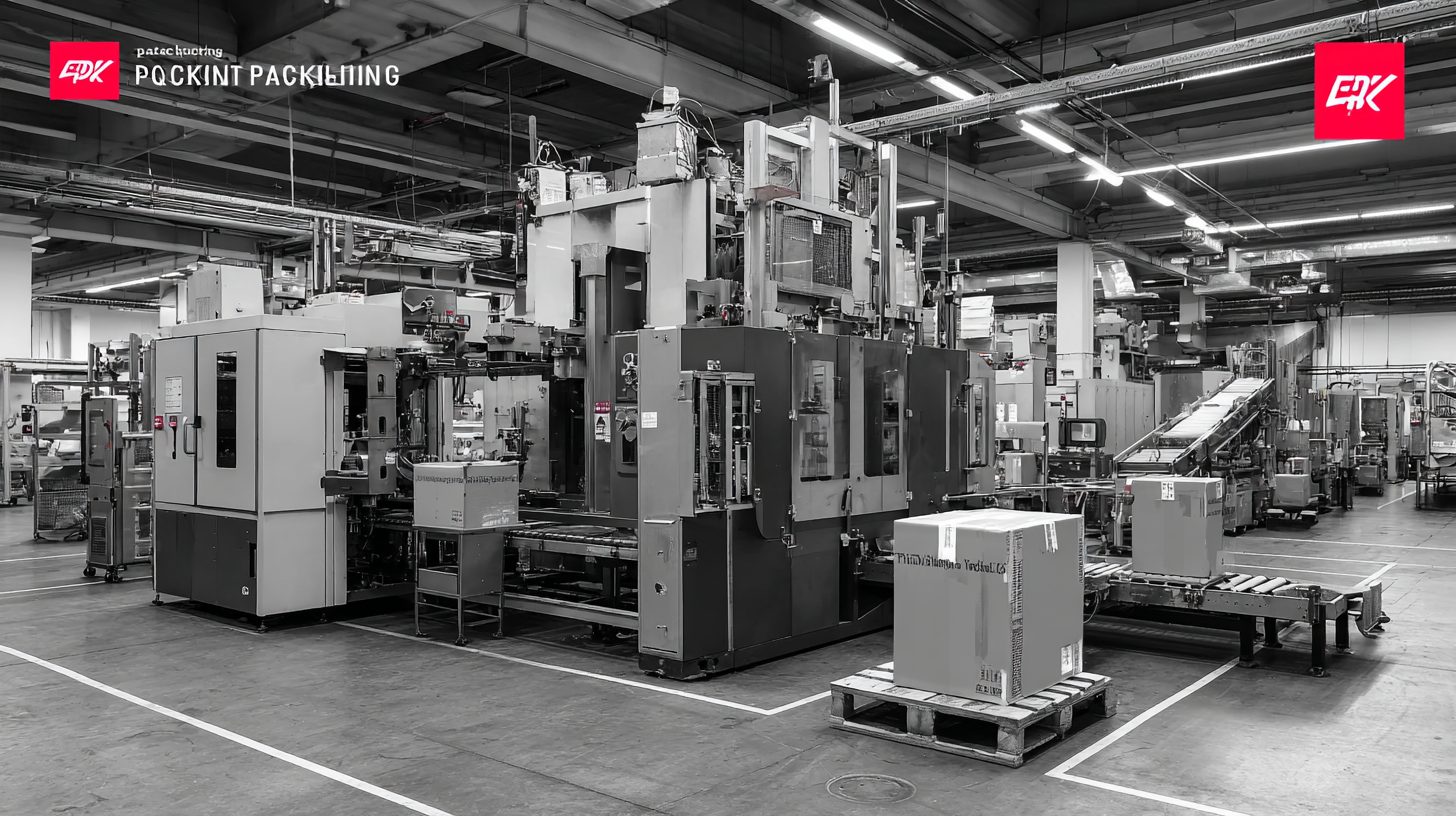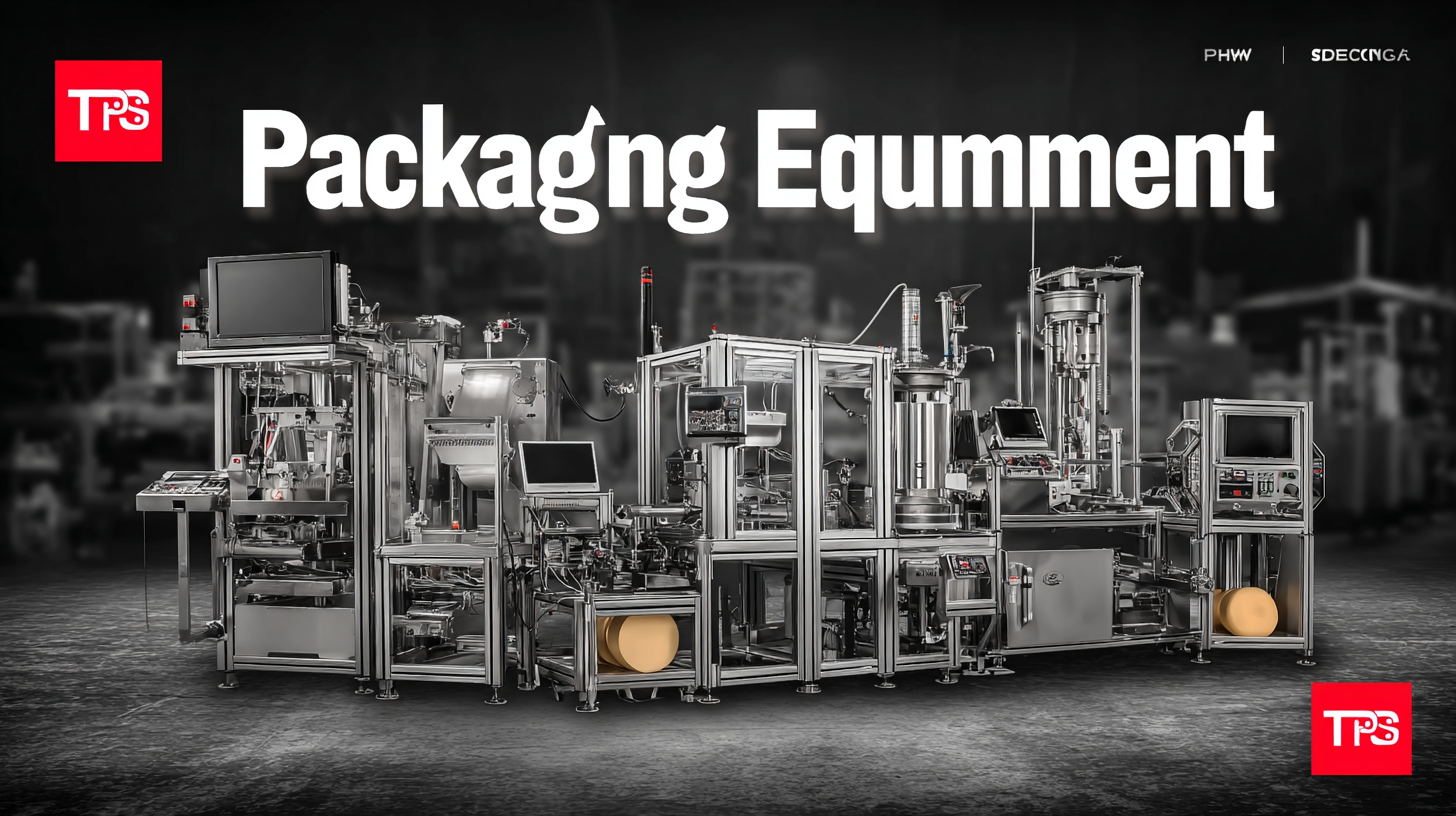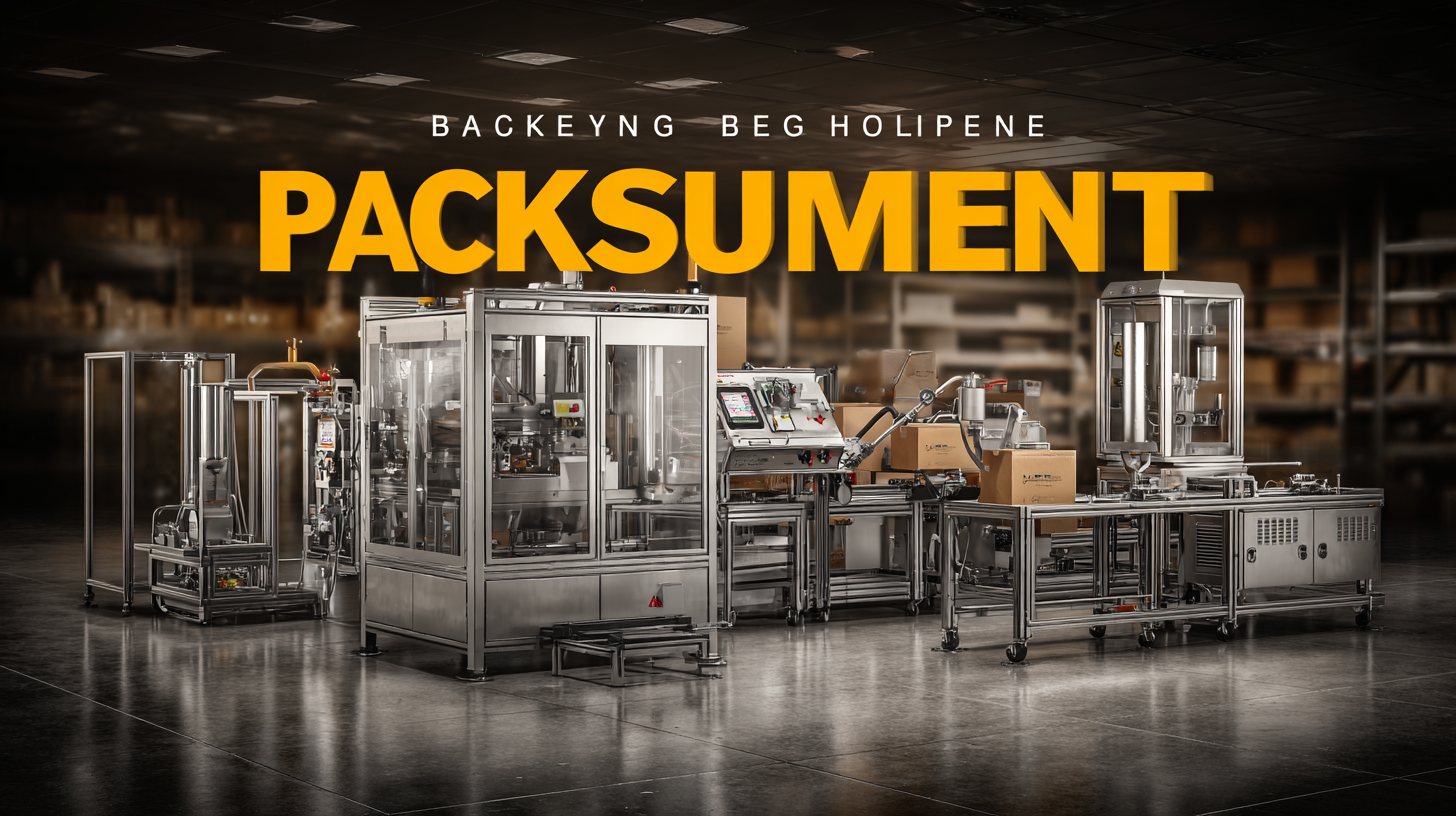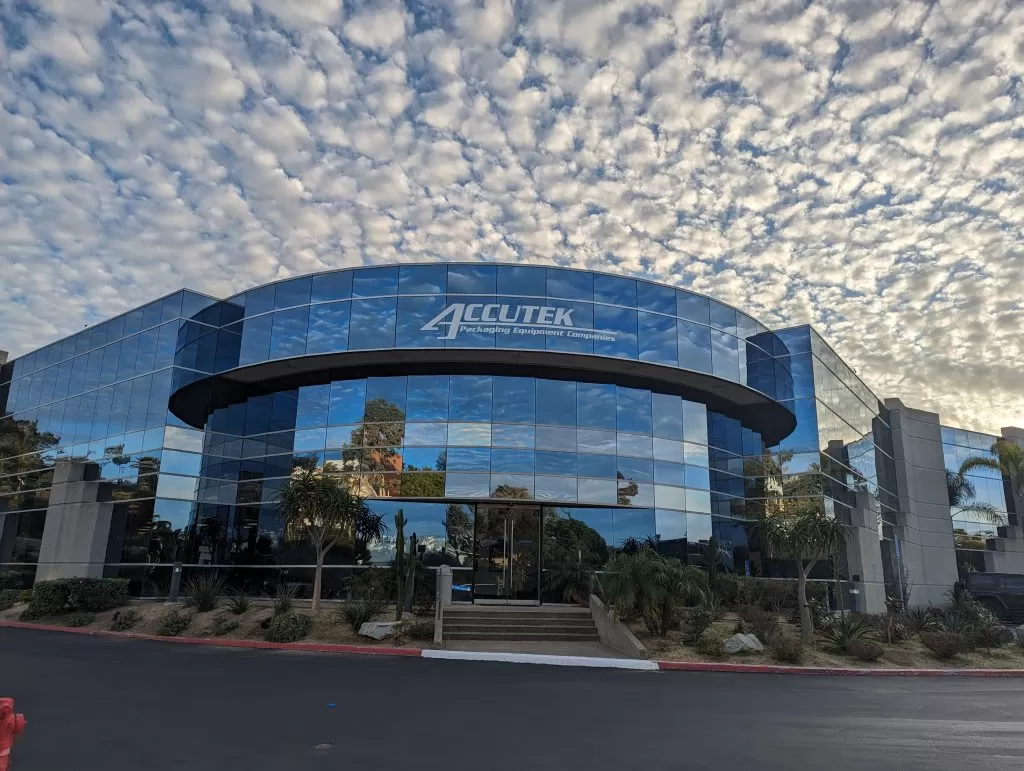In today's rapidly evolving manufacturing landscape, choosing the right packaging equipment has become a crucial aspect for businesses aiming to enhance efficiency and reduce costs. According to a report by Future Market Insights, the global packaging equipment market is projected to surpass $50 billion by 2025, growing at a CAGR of over 6% as industries increasingly prioritize automation and sustainability. This growth highlights the significance of selecting the best packaging equipment to not only streamline operations but also meet consumer demands for faster and more reliable delivery.

This comprehensive comparison will delve into the top choices available in the market, evaluating their features, benefits, and suitability for various applications, ensuring you make an informed decision that aligns with your operational goals.
The global packaging equipment market is experiencing substantial growth, driven by various factors including technological advancements and increased demand for sustainable packaging solutions. According to market projections, the packaging equipment market is expected to expand from USD 27.66 billion in 2024 to approximately USD 55.13 billion by 2032, reflecting a robust compound annual growth rate (CAGR) of 9.0%. This growth is fueled by the rising need for efficient packaging systems across multiple industries, particularly in food and beverage, pharmaceuticals, and consumer goods.

Moreover, specific segments within the packaging sector are also poised for significant expansion. The vacuum packaging market, for instance, is anticipated to grow from USD 32.91 billion in 2025 to USD 50.04 billion by 2032, achieving a CAGR of 6.17%. Additionally, the Flexo folder gluer (FFG) market is projected to increase from USD 21 million in 2022 to USD 35 million by 2030, with a CAGR of 7.0%. This indicates a broader trend of innovation and investment in packaging technologies, as companies seek to enhance their operational efficiency and meet consumer demands for sustainability and durability in packaging.
In 2023, the packaging equipment industry is experiencing significant transformations driven by key trends that are reshaping standards. Among these, automation stands out as a primary focus. As industries push for efficiency, the rise of automated solutions is evident, with projections suggesting a compound annual growth rate (CAGR) of over 3.5% for automated packaging machines from 2024 to 2032. This trend is particularly reflected in sectors like tobacco and liquid packaging, where demand for efficient processes is accelerating.
Another noteworthy trend involves environmental sustainability. The growing emphasis on eco-friendly packaging solutions is influencing production practices across various sectors, including egg grading and packaging, where there is an increased focus on modern, sustainable equipment. Notably, the global liquid packaging market is projected to reach $8.2 billion in value by 2024, with a CAGR surpassing 5.8% through 2034, fueled by escalating demand for eco-conscious and efficient packaging options.
Tips: When selecting packaging equipment, consider integrating automated solutions for enhanced efficiency, especially in high-demand industries. Additionally, focus on sustainability to not only meet regulatory standards but also to appeal to eco-conscious consumers. Embracing these trends can position your business advantageously in the evolving marketplace.
When evaluating packaging equipment, it’s essential to focus on cost-effectiveness and return on investment (ROI) metrics. The right machinery must not only fit your production needs but also deliver significant financial benefits over time. An effective analysis begins with understanding the initial costs versus the long-term savings. For instance, automated packaging systems may require a higher upfront investment, but they often lead to reduced labor costs, minimized material waste, and increased production speed.
Additionally, ROI metrics provide valuable insights into the efficiency of your packaging equipment. By calculating the time it takes to recoup the initial investment through increased output and reduced operational costs, businesses can make informed decisions. Tools such as payback period and net present value (NPV) analyses are pivotal in comparing diverse options. Ultimately, identifying the best packaging equipment involves balancing these economic factors against productivity gains, ensuring that your choice not only meets immediate needs but fosters sustainable growth in the long run.

In today's fast-paced market, investing in advanced packaging automation solutions has become essential for businesses striving to maintain a competitive edge. According to a comprehensive report by Smithers Pira, the global demand for automated packaging machinery is projected to reach $75 billion by 2026, with a compound annual growth rate (CAGR) of 5.5%. This growing trend is driven by the need for efficient operations, reduced labor costs, and enhanced product quality.
One of the primary reasons to embrace automation in packaging is the significant increase in productivity it offers. Automated packaging systems can operate at speeds of up to 120 packs per minute, drastically reducing the time spent on manual packaging. Additionally, the integration of smart technology allows for real-time monitoring and data collection, leading to better decision-making and waste reduction. As highlighted in a report by PMMI, packaging automation not only minimizes human error but also optimizes resource allocation, ultimately improving ROI for businesses across various sectors. Implementing these advanced solutions is not just about keeping up with industry standards; it’s about setting new benchmarks for operational excellence.
Sustainability has become a cornerstone for businesses striving to meet consumer demand and uphold environmental responsibility.
Eco-friendly packaging equipment plays a crucial role in this effort, significantly impacting a company's carbon footprint.
According to a recent report from Smithers Pira, the global market for sustainable packaging is estimated to reach USD 500 billion by 2027, reflecting a compound annual growth rate (CAGR) of 5.7% from 2022. This illustrates a growing recognition among businesses that investing in green packaging not only enhances brand reputation but also aligns with increasingly stringent regulations and consumer preferences.
Moreover, eco-friendly packaging equipment is designed to reduce waste and promote recycling, which is vital for a circular economy. A study by the Ellen MacArthur Foundation highlights that switching to sustainable packaging solutions can reduce carbon emissions by up to 45% in some industries. Companies utilizing advanced materials such as biodegradable plastics or innovative designs that minimize material usage are not only contributing to sustainability but also potentially lowering their operational costs. As a result, the integration of eco-friendly packaging technologies is not just a trend but a necessary evolution in the packaging industry, influencing everything from product design to supply chain logistics.
Accutek Packaging Equipment Companies, Inc. stands as one of the premier privately owned packaging machinery manufacturers in the United States.

Sign up for all the news about our latest arrivals